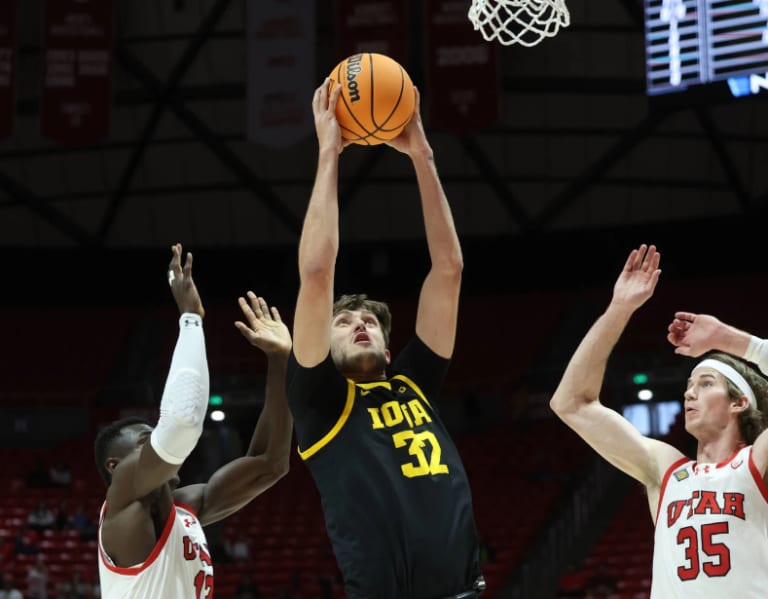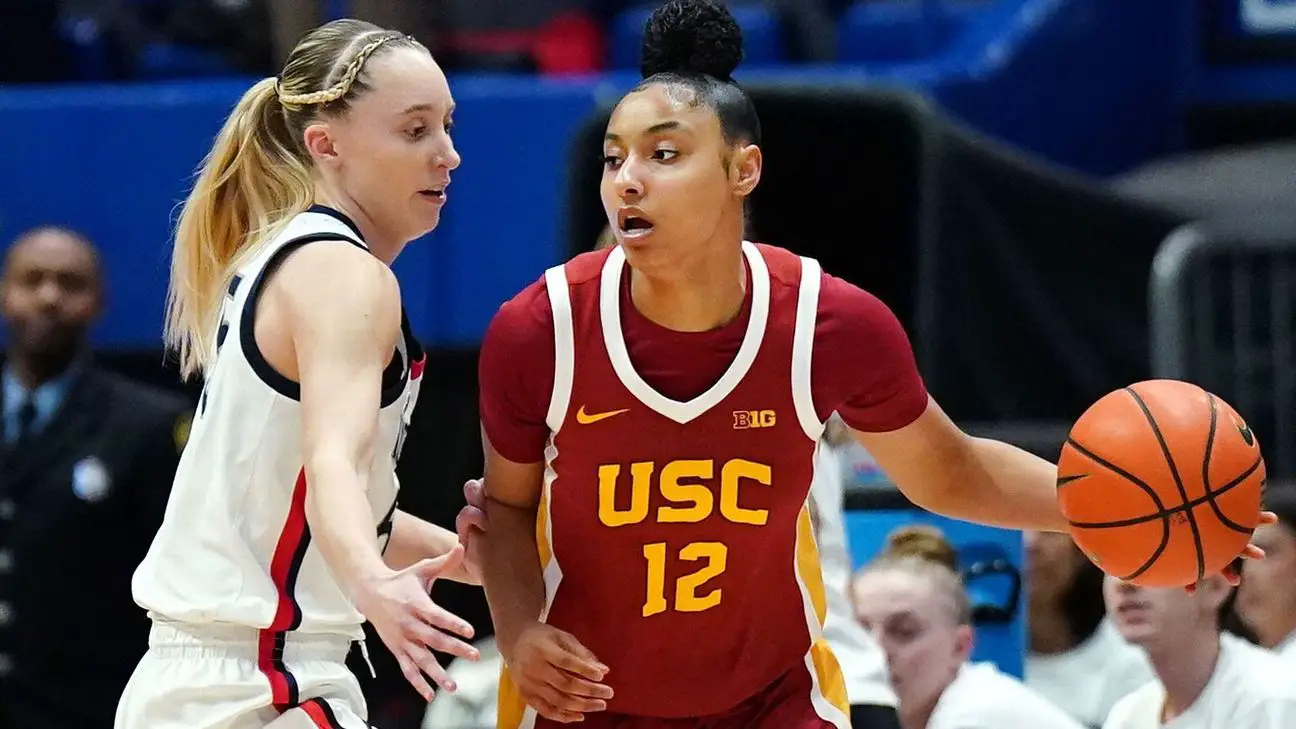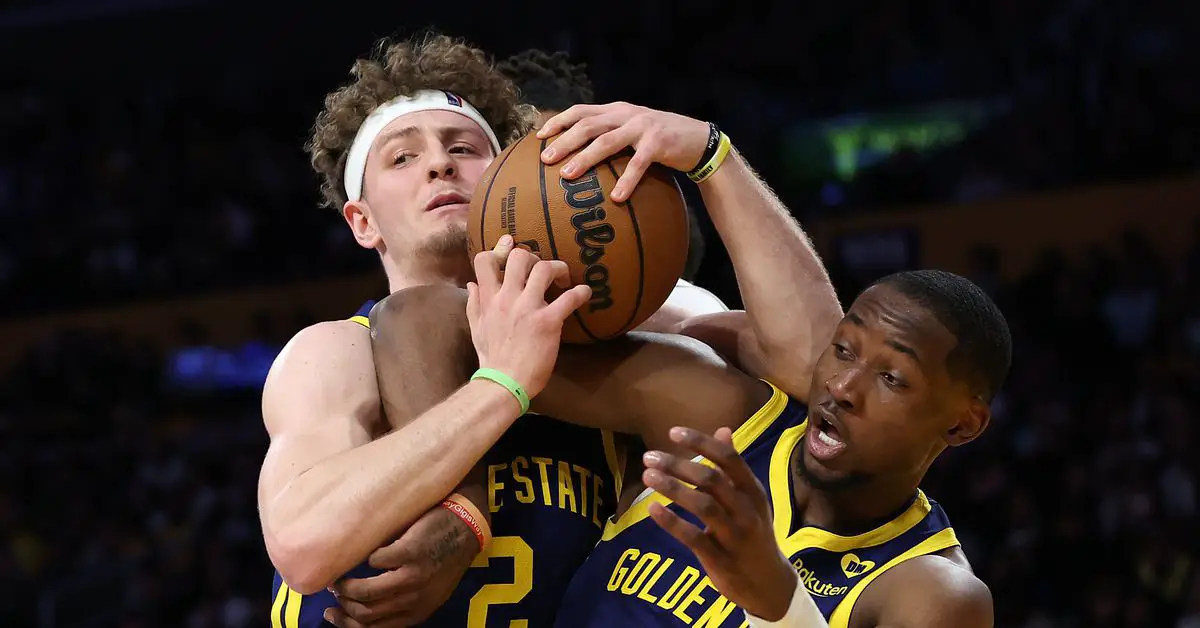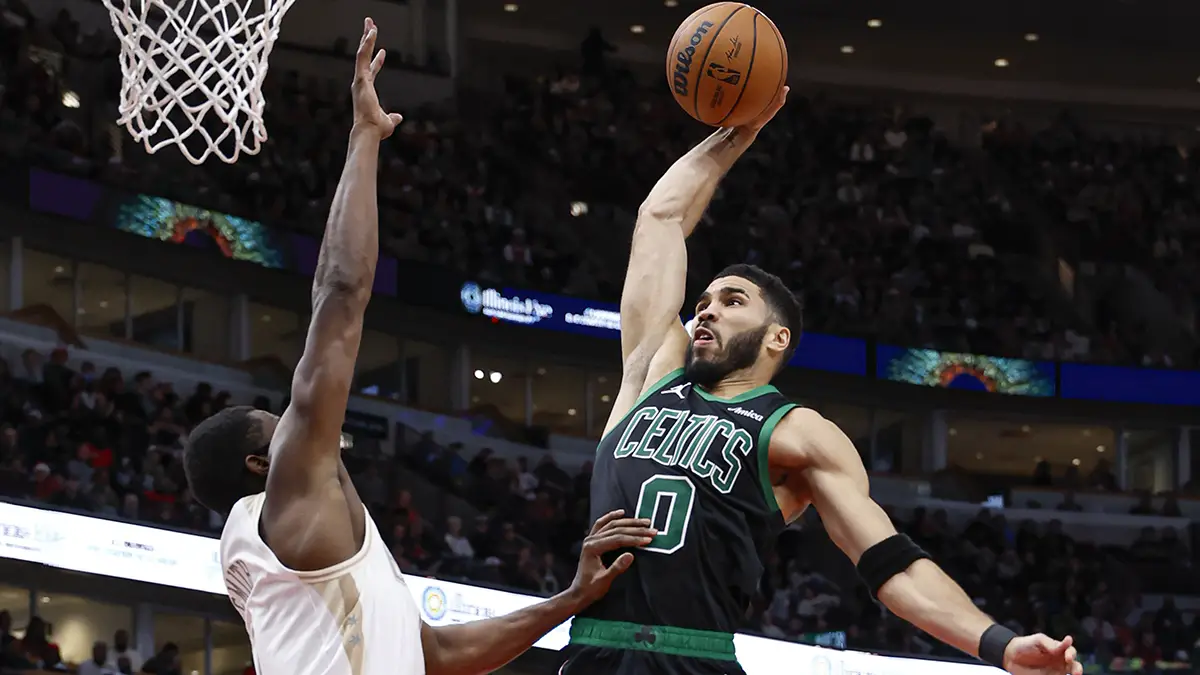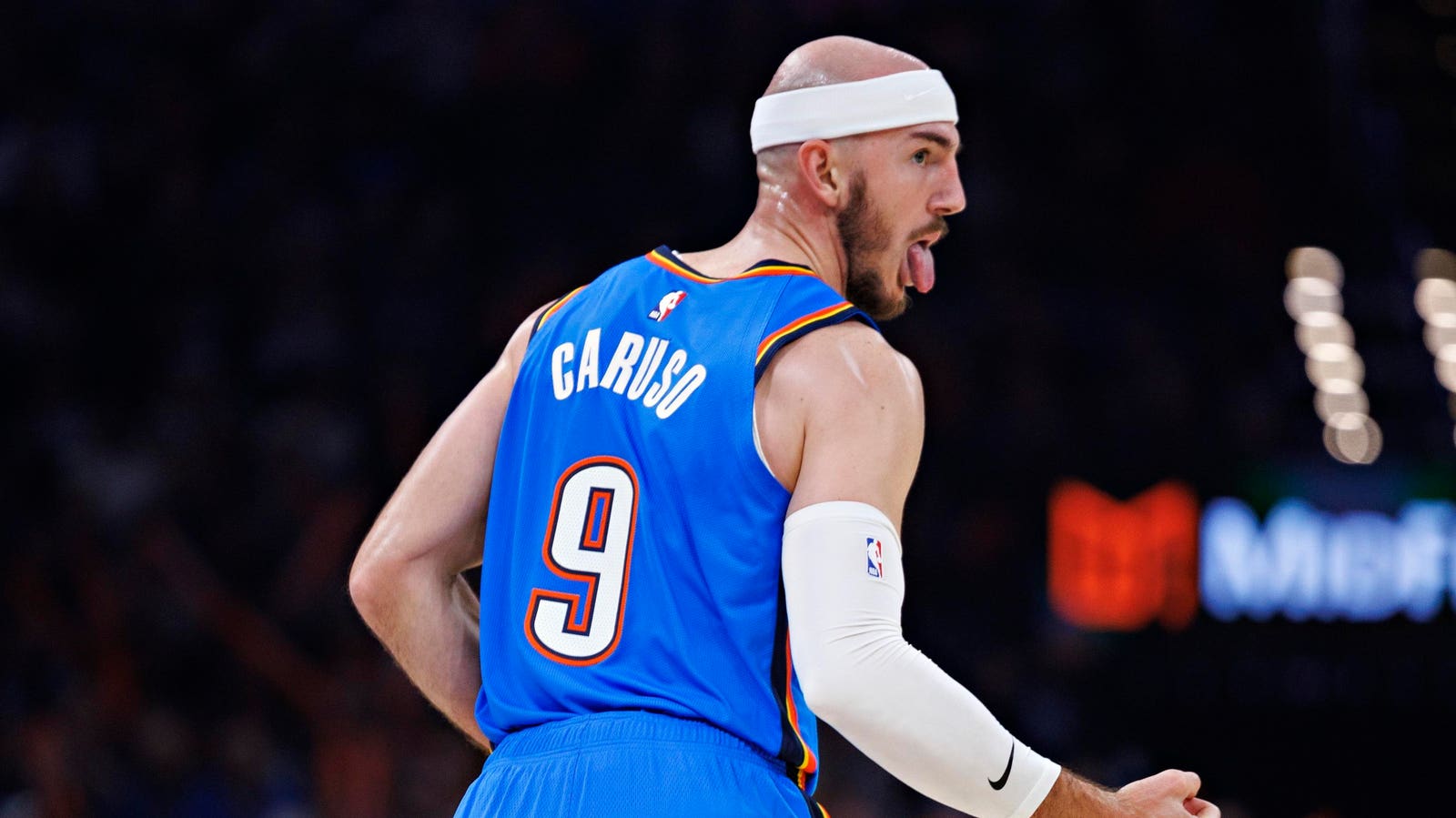PREVIEW: Iowa MBB vs Utah
WHO: Utah Utes (8-2)
WHEN: 5:00 PM CT (Saturday, December 21, 2024)
WHERE: Sanford Pentagon (Sioux Falls, SD)
TV: BTN (Chris Vosters and Shon Morris)
RADIO: Hawkeye Radio Network (Gary Dolphin, Bobby Hansen)
MOBILE: foxsports.com/mobile
ONLINE: foxsports.com/live
FOLLOW: @HawkeyeBeacon | @IowaHoops | @CBBonFOX | @IowaonBTN
LINE: Iowa -1.5 (total of 163.5 points)
KENPOM: Iowa -3 (Iowa 58% chance of winning)
On Saturday, Iowa will face its final non-conference test of the season (though there’s still one more cupcake on the menu — a visit from New Hampshire on December 30), and play the third of its three neutral-site games in the non-conference portion of the schedule. The Hawkeyes prevailed over Washington State in Moline, but fell to Utah State in Kansas City; now they’ll try to take down Utah in the Sanford Pentagon in Sioux Falls.
PROJECTED IOWA STARTING LINEUP
G Brock Harding (6’0″, 165 lbs; 9.4 ppg, 1.6 rpg, 6.0 apg; 49.3 FG%; 45.5 3FG%)
G Josh Dix (6’6″, 210 lbs; 13.4 ppg; 3.9 rpg; 2.9 apg; 51.3 FG%; 38.5 3FG%)
G Drew Thelwell (6’3″, 195 lbs; 8.4 ppg; 2.5 rpg; 3.3 apg; 52.2 FG%; 35.5%)
F Payton Sandfort (6’8″, 215 lbs; 16.4 ppg; 5.8 rpg; 4.0 apg; 38.6 FG%; 31.5 3FG%)
C Owen Freeman (6’10”, 245 lbs; 16.8 ppg; 7.0 rpg; 1.3 apg; 64.4 FG%; 37.5 3FG%)
Thelwell has started the last two games for Iowa and could be in line for a third-straight start, given the generally strong returns that have resulted from adding Thelwell to the starting lineup. It also wouldn’t be a shock to see Ladji Dembele return to the starting lineup, though, as the Utes boast some significant size in the front court (three likely starters 6’8″ or taller).
Otherwise, Iowa should have the full roster available for this game, aside from possibly Seydou Traore. Iowa head coach Fran McCaffery indicated during his Thursday media availability that he was “not too optimistic” about Traore being available for this game
PROJECTED UTAH STARTING LINEUP
G Miro Little (6’3″, 194 lbs; 8.4 ppg; 5.6 rpg; 5.4 apg; 37.5 FG%; 29.4 3FG%)
G Gabe Madsen (6’6″, 200 lbs; 19.8 ppg; 2.4 rpg; 2.4 apg; 45.8 FG%; 40.2 3FG%)
F Ezra Ausar (6’8″, 238 lbs; 11.1 ppg; 4.5 rpg; 0.8 apg; 57.4 FG%; 0.0 3FG%)
F Mike Sharavjamts (6’9″, 195 lbs; 8.1 ppg; 4.1 rpg; 3.3 apg; 49.3 FG%; 35.5 3FG%)
C Lawson Lovering (7’1″, 245 lbs; 11.4 ppg; 6.4 rpg; 2.2 apg; 65.8 FG%; 0.0 3FG%)
PREVIEW
It’s rare that Iowa sees the same non-conference opponent in consecutive seasons (outside of the annual date with Iowa State), but the Hawkeyes have some recent history with the Utes — Utah knocked Iowa out of the NIT in the second round last year, 91-82. Both teams have turned over the roster a bit since that game — Iowa returns three starters from that game, while the Utes have two returning starters from last year — but some of the most important faces should be familiar.
For the Utes, that starts with wing Gabe Madsen, who absolutely torched Iowa with 31 points in that NIT win last March, thanks to some blistering shooting from beyond the arc in that game (7-of-15). Madsen has been Utah’s top long-range shooter this season as well, as he leads the team in makes (39) and attempts (97) from three-point range and ranks second (40.2%) in percentage. He’s made at least two triples in every game this season, except for Utah’s 89-59 win over Florida A&M last week.
This year, Madsen has been joined at Utah by his twin brother, Mason, a transfer from Boston College. Mason Madsen has yet to start this season, but he’s still played heavy minutes (20.7 mpg) and been one of Utah’s top scorers (11.1 ppg). Like his brother, he’s also a crack shot from long range, making 31-of-68 (45.6%) attempts from outside the 3-point arc.
Three-point shooting is, unsurprisingly, a pretty big part of Utah’s offense. The Utes are shooting 38.2% from deep (38th nationally) and they get a lot of points from the three-point shot (39.1%, 30th) and take a lot of three-point attempts (47.4% of their field goals, 35th in three-point rate nationally). One interesting thing to watch: how Utah adjusts to the rims and the sight-lines at the Sanford Pentagon — we’ve seen teams struggle to shoot well from outside in past games in that arena.
Shooting is a strength of Utah’s offense overall. The Utes have an effective FG% of 57.7%, which ranks 16th nationally. In addition to shooting 38.2% from 3-point range, Utah is also converting 58.1% of 2-point attempts (32nd). They only place on the floor where the Utes aren’t shooting well this year is the free throw line; the Utes are making just 64.2% of their attempts at the free throw line.
Otherwise, Utah doesn’t turn the ball over often (15.2%, 52nd) and they hit the offensive glass well (34.7%, 52nd). The biggest weakness of the Utah offense (outside of the poor free throw shooting) is their propensity to have shots blocked; the Utes have had 11.9% of their shots blocked by opponents this season.
Big men Lawson Lovering (7’1″, 245 lbs) and Ezra Aurar (6’8″, 238 lbs) are the other two Utes scoring in double figures this season. Lovering is averaging 11.4 ppg this season and does his damage near the rim (65.8% on shots inside the 3-point arc). He had six points and 10 rebounds against Iowa last year. Aurar, an East Carolina transfer, also does his damage in the painted area: he’s 35-of-50 (58.3%) on 2-point tries and 0-for-1 (0.0%) on three-point attempts
Utah has been generally sold on the defensive end this year as well, rating 58th in defensive efficiency this season. The Utes have been solid but not great at forcing turnovers (19.3% of opponent possessions, 108th nationally) or keeping teams off the free throw line (130th in opponent free throw rate). Their strengths on defense have been defending the glass and contesting shots.
The Utes rank 49th in keeping opponents away from the offensive glass (opponents have gotten offensive boards on just 25.9% of their possessions), but they’ve been especially good at contesting shots. Opponents have an effective field goal percentage of just 43.4% from the floor, which is the 10th best defensive effort nationally. Utah has been particularly good at contesting two-point attempts; opponents are converting those shots at 41.2% of 2-point shots this week.
Last year’s Iowa-Utah game was a high-tempo affair — 76 possessions — and this year’s game could be more of the same. Both Iowa and Utah like to push the pace and try to get out and run — the Hawkeyes rank 39th in tempo this season, while the Utes rank 46th.

